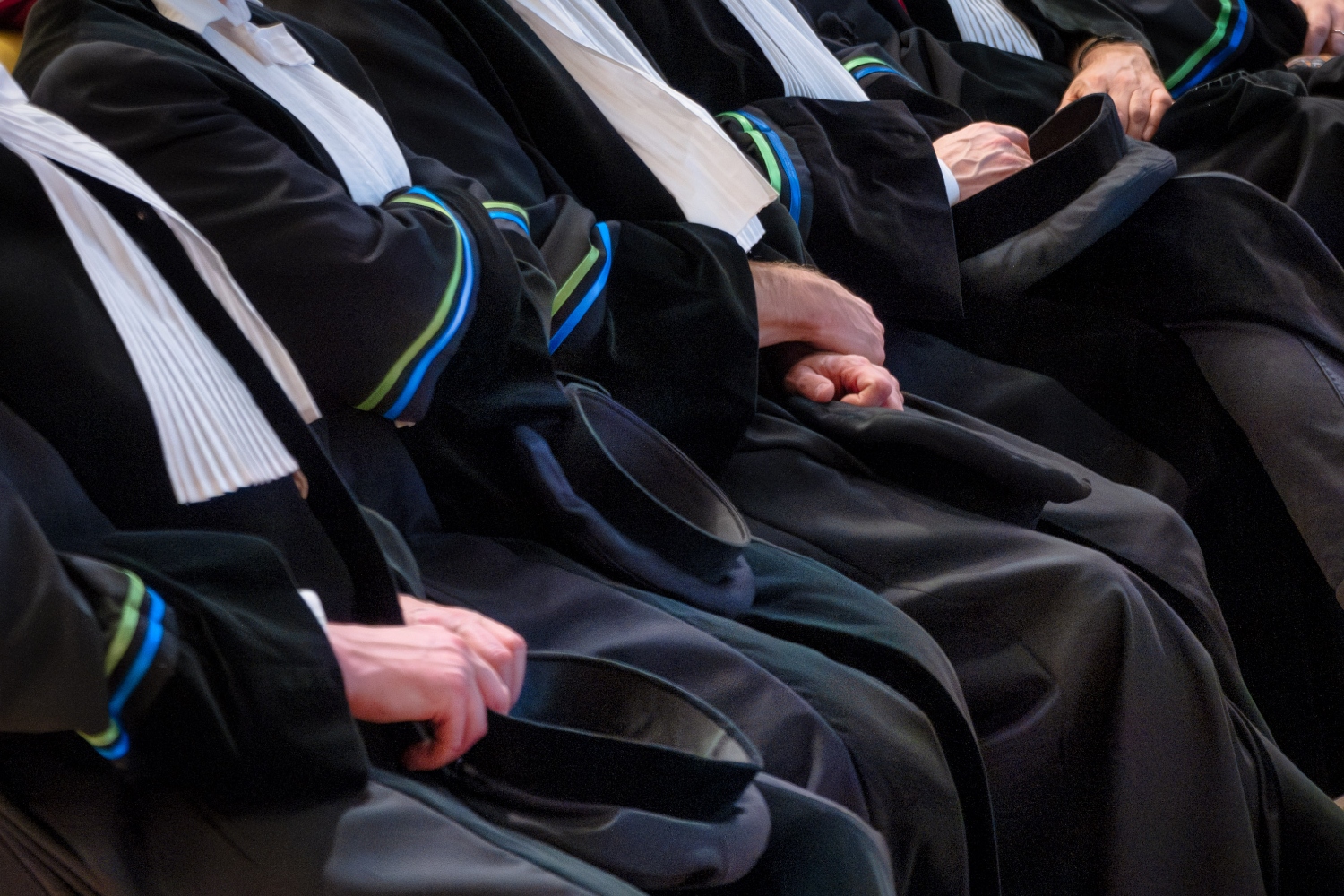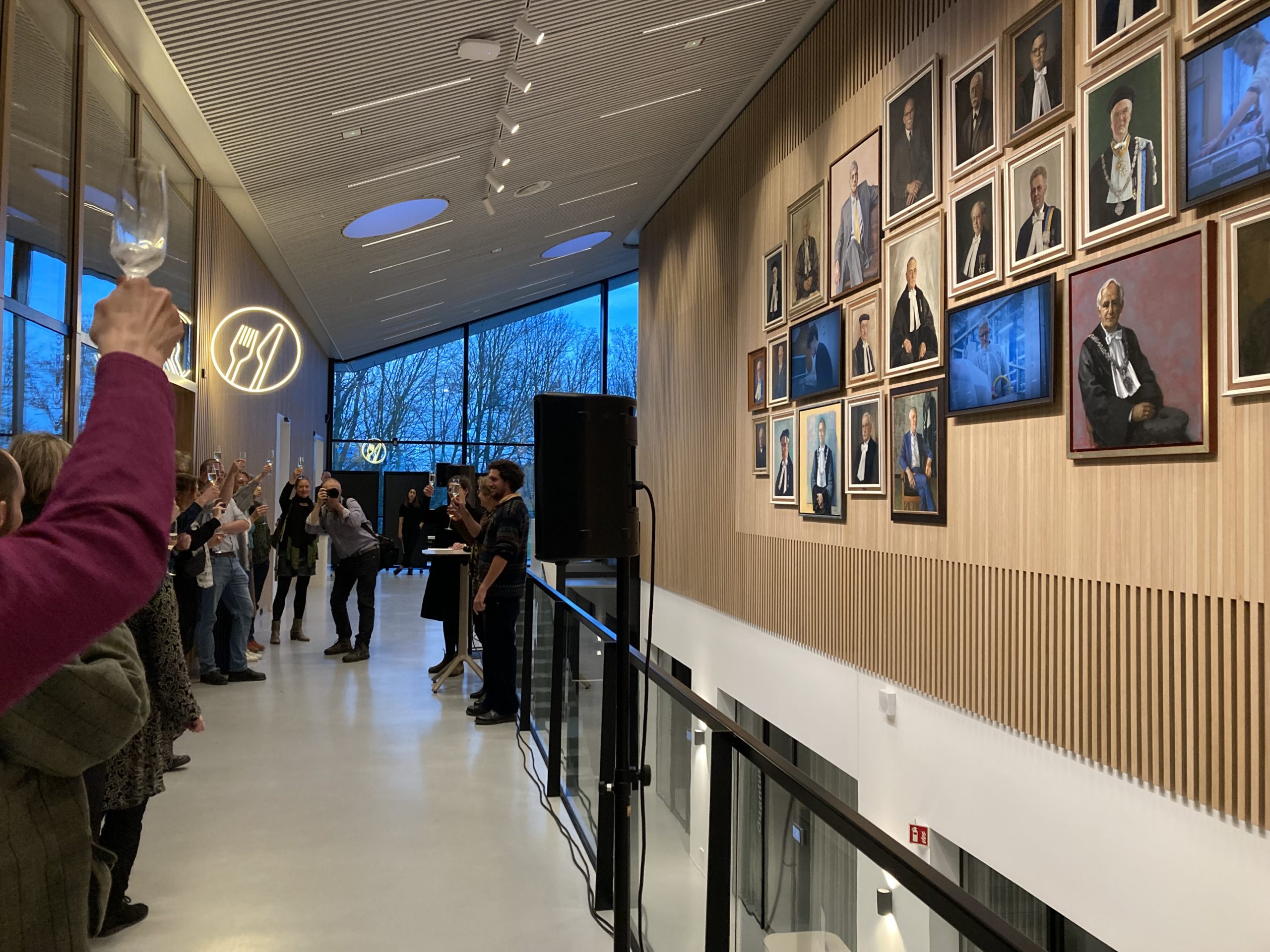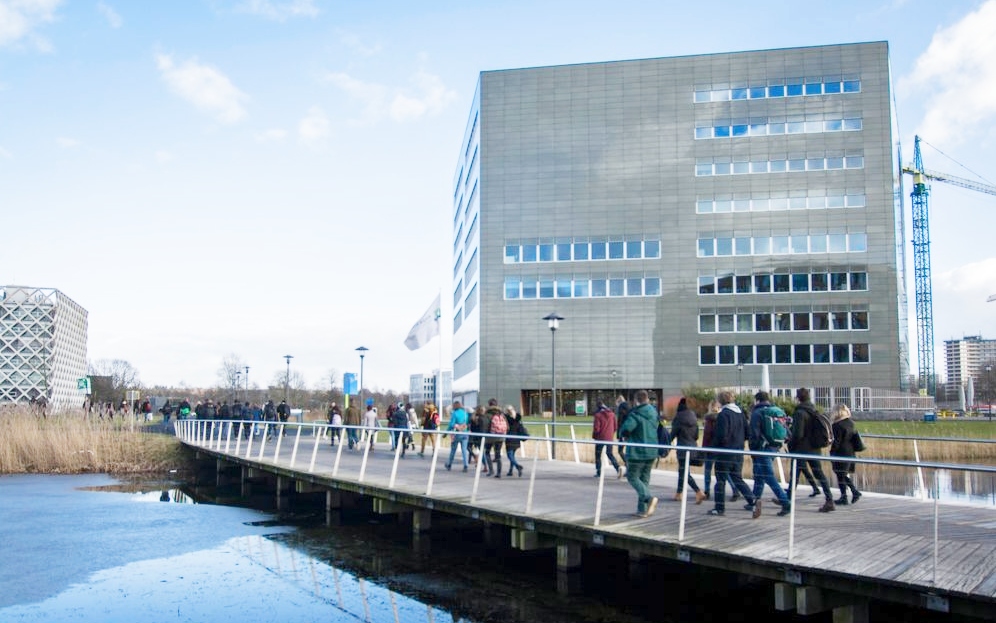In just under a year and a half, 30 per cent of WUR professors should be women. For a long time, the targeted increase was only happening slowly, but it’s picking up speed now. Could that be thanks to the diversity coach for appointment committees? ‘The goal is not for WUR to hire more women.’
The overview of full professorships that WUR publishes every six months on its website shows that the proportion of female professors is now 24.4 per cent (reference date: 1 July), compared to 21.9 per cent six months earlier — quite a jump. This hasn’t come entirely out of the blue. Earlier this year, Diversity & Inclusion programme manager Eva Siebelink (from whom Ina Lütmann will take over on 1 September) noted that for the first time in WUR’s history, more than half of all the in 2022 appointed professors are women. ‘Having an external diversity coach guide the Broad Assessment Committees is now really starting to bear fruit,’ she said in Resource. That’s intriguing. What does a diversity coach do, exactly? And why someone external?
Trust-based relationship
Carolin Ossenkop is the external diversity coach. She obtained her PhD from VU University Amsterdam on the subject of ethnic diversity and career development in Dutch organizations. Since then, she has worked as an independent diversity consultant for organizations including several universities and the Netherlands Institute for Human Rights, and as an assistant professor at the Nijmegen School of Management. She emphasizes that this position is unrelated to her work for WUR. But it does mean she knows the academic world well, and as an insider.
A completely bias-free assessment is almost impossible
At WUR, she mainly assists BACs, the Broad Assessment Committees that make recommendations on the appointment of new professors. That’s if the BACs want her to; they are not obliged to call on Ossenkop’s expertise. ‘The role I play at WUR is unique in that I’m so involved in the BACs,’ she says. ‘Other universities engage me for training but this goes much further and enables us to really build a trust-based relationship. That is very valuable, both to me personally and for the process.’
Systematic and structural
So far, Ossenkop has supported about 15 BACs across the Wageningen science groups. Precisely how many women or people with non-Western backgrounds have been appointed, she isn’t sure. ‘But that isn’t the goal as such. My work focuses on optimizing the process,’ she explains. That may sound technocratic, but according to Ossenkop, this is all about human behaviour. ‘My goal is to ensure that the steps in the selection process leave as little room for bias as possible,’ she says by way of clarification.
Diversity is all about power relations
Of course she helps the BAC members examine their unconscious biases, but awareness-raising is not enough: ‘In this context, the issue is inequality that is systematic and structural. So we must tackle it at the source,’ she explains. And that’s why the key word is ‘process’. In practice, that means that she and the BACs scrutinize every stage of the recruitment and selection process, from the wording of the job description to the way they reach their decision on which candidate to nominate for appointment. The aim is for bias to be given very little chance to rear its ugly head.
Gut feeling
The examples Ossenkop gives show that bias can lurk in unexpected places. Take job interviews. If their structure, duration and context are not standardized, gut feeling can play a bigger role. ‘And that’s how bias can creep into the process,’ explains Ossenkop. It’s a question of seemingly little things like a 10-minute difference in the length of a conversation, or whether or not it is preceded by small talk. But those so-called minor details can get in the way of an objective judgement – or more accurately, the most objective judgement possible. Because, as Ossenkop explains with a smile, ‘A completely bias-free assessment is almost impossible. Which is precisely why the processes need to be so well thought out.’
Super-unconscious
Another example Ossenkop gives is the way committee members discuss their preferred candidate. ‘The dynamics of that discussion are super-unconscious, and yet all sorts of factors can influence the course of the discussion,’ she explains. ‘A well-known example is that women get interrupted more often than men, and men are usually given more speaking time than women. Who gets to speak first or last is significant too. Even the seating matters: seat men and women alternately and the conversation goes differently than it does when men and women sit in separate clusters.’
That insight is an argument for a set interview structure and a sharp observer to ensure that the protocol is followed – a role that Ossenkop often takes on herself. ‘To start with, BAC members sometimes feel a bit uneasy following a rigid framework. That is normal; I sometimes compare it to dancing. If you’re good at salsa and you suddenly start taking tango lessons, it feels strange at first too. You’ve got to give yourself time to get the hang of it. And BAC members often tell me that they come to like the structured approach to the process. It helps them arrive at a really considered opinion’.

 Scene from the film Barbie. Barbie visits the head office of her manufacturer Mattel and discovers to her surprise that all the directors are men. At WUR, Broad Assessment Committees can engage a diversity coach to get a better understanding of bias and preconceptions in recruitment and selection procedures. Photo Landmark Media/Alamy Stock Photo
Scene from the film Barbie. Barbie visits the head office of her manufacturer Mattel and discovers to her surprise that all the directors are men. At WUR, Broad Assessment Committees can engage a diversity coach to get a better understanding of bias and preconceptions in recruitment and selection procedures. Photo Landmark Media/Alamy Stock Photo 

